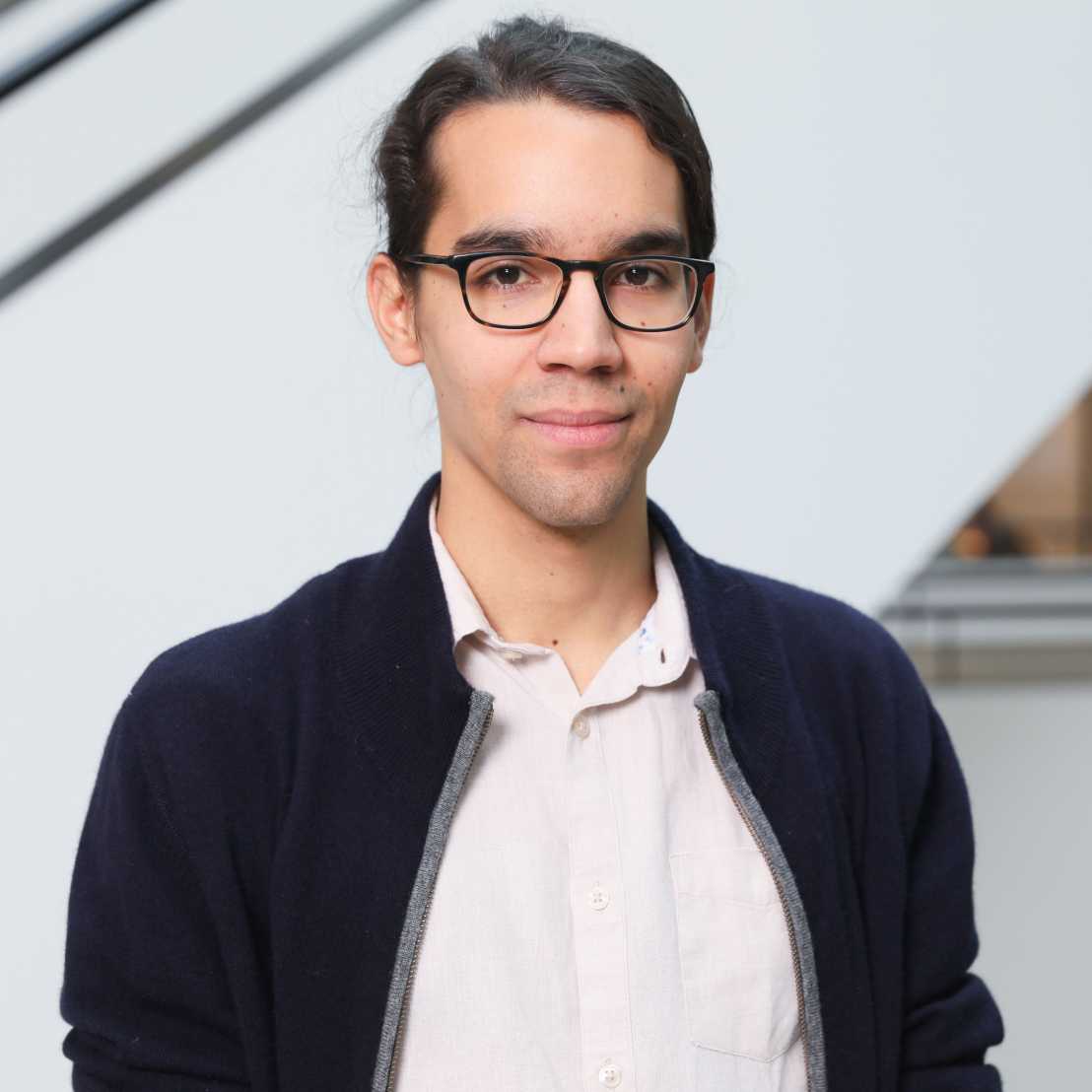Calculating the route
An interview with D-PHYS alumnus Pierre Leroy-Calatayud, Software Engineer at SBB.

What was the decision path that led you to your present job?
As I was finishing my master's thesis my professor offered me a position as a doctoral student, which I turned down because I wanted to change fields and I wasn't sure that a doctorate was the most appropriate path for me at the time. After graduating, I returned to the lab for six months as a research assistant to complete my project and publish the results of my work. After that I had planned an internship in a different lab with another professor, but unfortunately the internship was cancelled at the last moment. Suddenly I had no career plans in sight, and that's when I remembered a discussion I had had at MindFair: at the SBB booth I had found out about a trainee programme to which physicists and other MINT graduates were warmly encouraged to apply. This programme was perfect for me, because I wasn't set on a specific professional path and was attracted to the idea of public service.

I applied to the SBB programme and was accepted. The two-year trainee programme allows you to experience different environments, activities and duties, and it gives you a great deal of flexibility when choosing work areas: my pick included electrical engineering for the railway power grid, data analysis in various contexts, project management, rolling stock maintenance, public affairs and more. I spent the final six months of my time as a trainee in a software development team because I wanted to learn how to code properly, thinking that it would be a useful skill whatever my future career path. I really liked the job in the software development team and got a contract as a full-stack software engineer at the end of the programme, which was half a year ago.
What are your main responsibilities and tasks?
As a software engineer, I spend most of my time implementing new features for software products that have to do with maps and pedestrian routing for customer information. As a full-stack software team, we develop both backends and frontends. We work with a BizDevOps methodology, which means that I don't just develop software products – I'm also responsible for operating, monitoring and deploying our services. With the BizDevOps approach I can also influence the future direction of our software products with my ideas.
How would you say that your physics degree prepared you for this job? From a professional standpoint, what do you value most of your physics background?
At first sight, my studies only indirectly prepared me for this job because there is no course from my master's to which I refer on a daily basis. The course that would be most directly relevant to software development is the introductory computer science course from my bachelor's.
What my physics degree taught me isn't found in any single university course: it gave me the ability to learn complex topics quickly and efficiently, and it taught me how to think with a high degree of abstraction. These skills allowed me to start as a complete beginner in software engineering and become a hireable professional profile in less than six months. The semester projects, together with my bachelor's and master's theses, taught me how to work in an autonomous and confident manner while navigating a lot of open questions. Physics is all about being able to analyse and solve problems, whether they come in the form of equations or an experimental setup. At the moment it saddens me a little that I'm not using my maths skills as much as I'd like to, so when there are data analysis tasks to do in the team, I'm always happy to take them on.